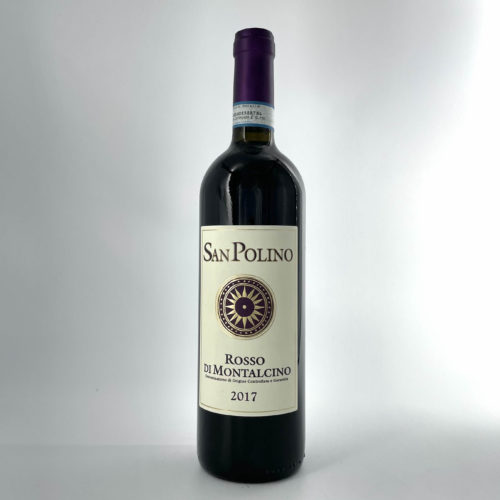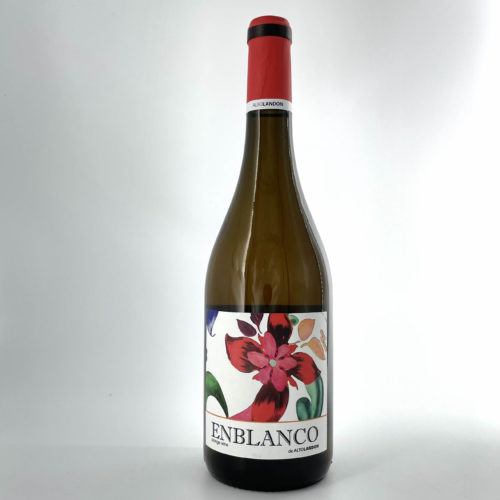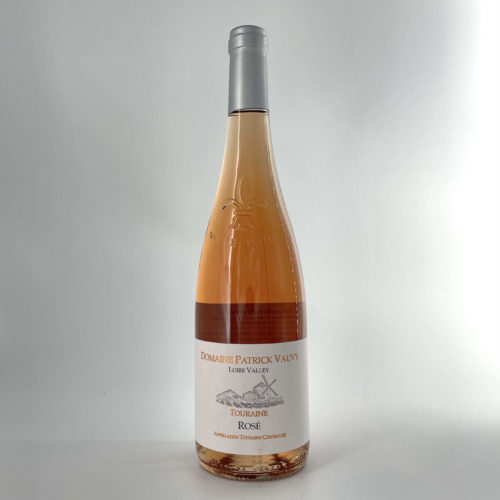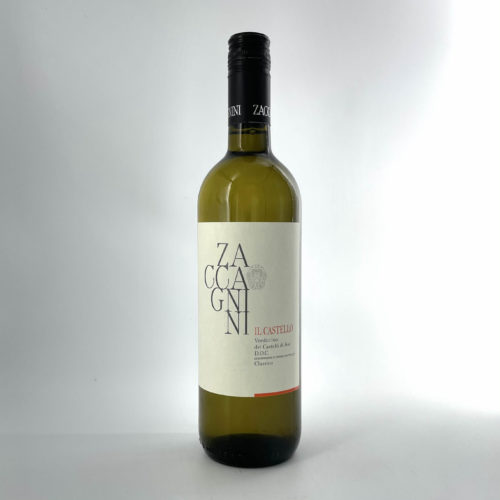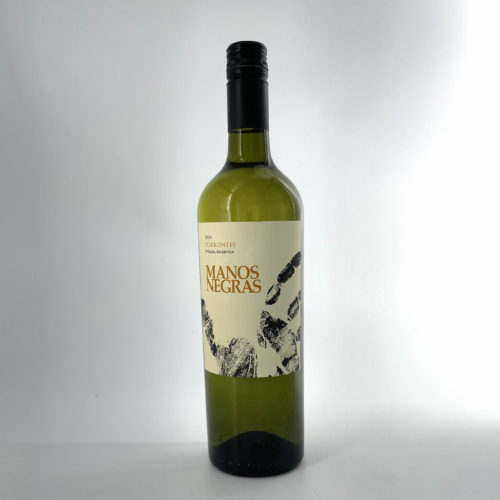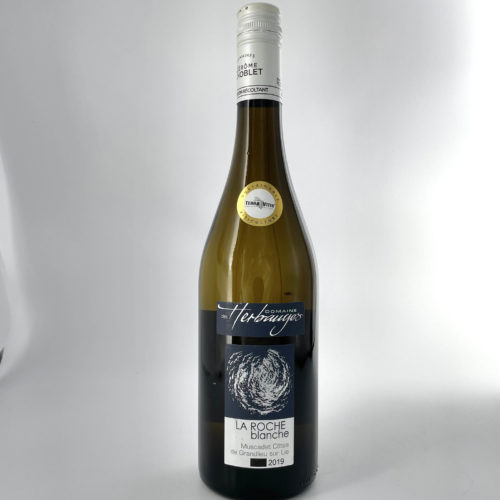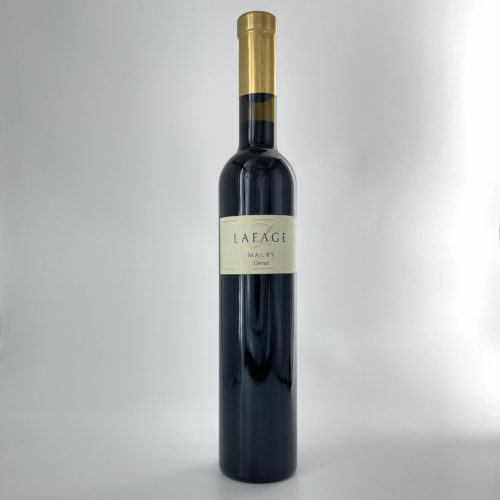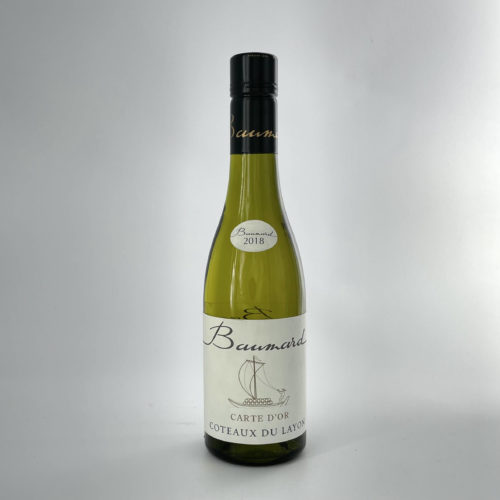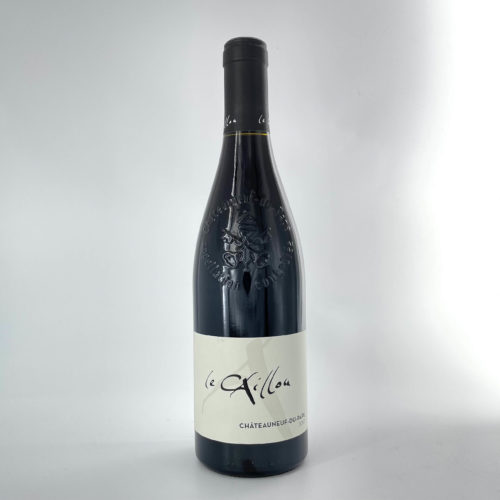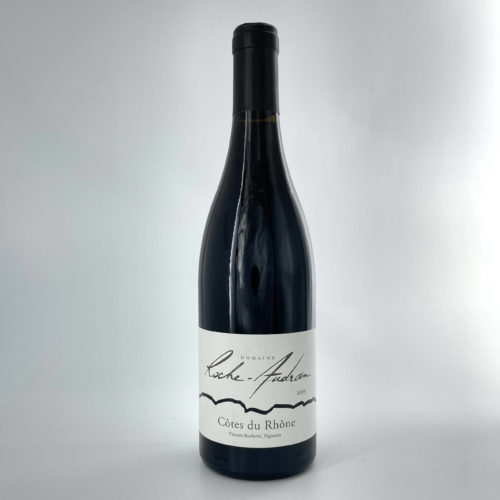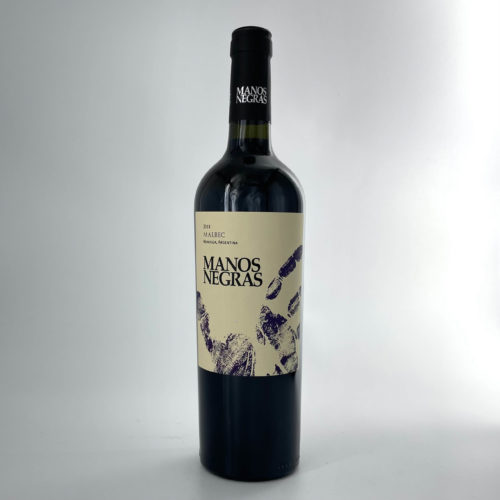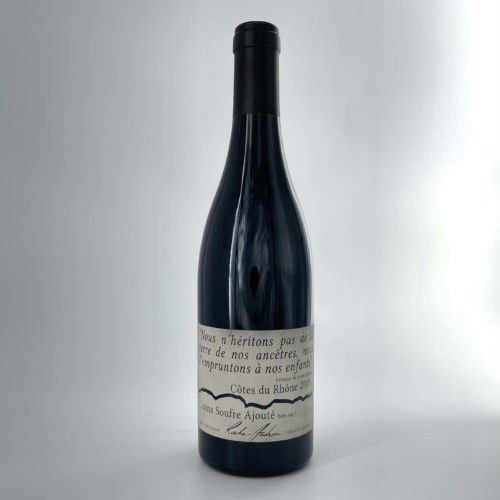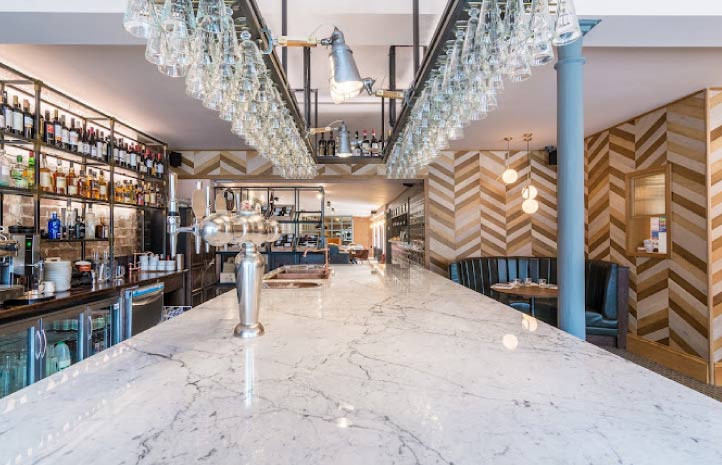Rosso di Montalcino, San Polino, Tuscany, Italy
There is a small ‘nirvana’ northwest of Montalcino, where Luigi Fabbro and Katia Nuassbaum founded San Polino nearly 30 years ago.
Using Luigi’s scientific experience of mapping the Amazon rainforest they decided to try their hands at “creating wines as complete reflections of the biodiversity of their terroir” Katia explains. This tiny estate of only 4 hectares now produces luscious and balanced wines farmed bio-dynamically by this energetic couple who, it is clear, pour all their heart and energies into these sublime wines. Praised by critics and peers they have been described as having “an incredible clarity and pureness of fruit that is unequalled in the region”.
Enblanco de Altolandon, Manchuela, Spain
As the lands starts to rise, inland northwest of Valencia, you will find Roselia Molina heading up Bodegas Altolandon.
The property consists of 120 hectares with the winery resting right in the centre, not only making it aesthetically satisfying but also extremely practical. At 1,100 metres above sea level, the altitude serves to benefit the grapes with large diurnal variations which encourage even ripening and also helping retain their natural acidity. Organic methods are used to manage the vines utilising only natural fertilisers and some green pruning to further guarantee the quality of fruit prior to hand-harvesting. The grapes are vinified as naturally as possible with native yeasts and little other intervention. The wines are then aged in French oak and some in clay amphora to retain purity, but build complexity.
Rose de Touraine, Domaine Patrick Vauvy, Loire Valley, France
Patrick Vauvy manages 30 hectares of vines, the majority planted with Sauvignon Blanc.
The Domaine has been the hands of the Vauvy family for generations, Patrick took over and has brought new vision and an experimental style to the Domaine. He is often the last of his neighbours to harvest. Located above the banks of the Cher River, the soil is predominantly sand based giving the wines a fruit driven, immediately appealing style.
Verdicchio dei Castelli di Jesi Classico, Zaccagnini, Marche, Italy
On the opposite coast to Tuscany lies the less well known, but no less beautiful, region of Marche. This is where you will find the family run Zaccagnini winery, established by two brothers.
Playing to their strengths, they have focused on the local grape Verdicchio, and the results are spectacular. Their range of three Verdicchios are as distinctive and individual as you could wish for, with each wine having its own personality and textural signature. All are benchmark examples of this lesser known region on the East coast. Whilst they have been working organically for a few years, from the 2020 vintage, the wines are being certified as organic.
Torrontes, Manos Negras, Salta, Argentina
Alejandro Sejanovich is arguably Argentina’s most knowledgeable viticulturist, working as vineyard director for Bodega Catena Zapata for 16 years, he pioneered high altitude vineyard planting and conducted ground breaking research on Mendoza Malbec clones.
Manos Negras focuses on latitude winemaking, planting Torrontes in the northern stretches of Cadayate in Salta, Pinot Noir in the southern-most region of Neuquen in Patagonia and cultivates 50 year old Malbec vines in the prized Altamira appellation in the Uco Valley.
Muscadet sur Lie, Domaine des Herbauges, Cotes de Grandlieu, Loire valley, France
This family estate has been in production since 1864 and is now the largest single estate in the region.
The vineyards benefit from an exceptional microclimate; the warmth of the Atlantic brings spring early, while the huge Lac de Grandlieu acts like a giant storage heater through growing season. Fourth generation winemaker, Jérôme is committed to the sustainability of the vineyards as well as to the health of the vineyard workers he has even grassed over 100% of the vineyards to reduce the vigour of the vines and to soak up rain at harvest. Each terroir of Domaine des Herbauges expresses its own subtle nuances, and reveals specific particularities and characteristics of the AOC Muscadet Côtes de Grandlieu Sur Lie appellation.
Maury Domaine Lafage, Rousillon, France
Located between the sea and the mountains, half way between Perpignan and the Mediterranean coast, Domaine Lafage is one of our favourite new discoveries. Six generation ‘vignerons’, Jean-Marc and Eliane carry on the Lafage tradition, maintaining their family style of balanced, elegant wines displaying up front fruit. Their hard work has been rewarded with many accolades and medals from the Guide Hachette. What makes their estate particularly interesting is the fact that they grow a wide range of grape varieties (16) and produce an eclectic and varied range of wine styles, from crisp, clean whites to rich, fortified reds
Coteaux du Layon, Domaine des Baumards, Loire Valley, France
One of the Loire’s most lauded producers, Florent Baumard has courted controversy by pursuing his own ideas and challenging the status quo.
In a deeply traditional region, Florent’s early adoption of screwcaps and different vine trellising systems marked him out as the enfant terrible of Savennières. His mantra now encompasses a belief in the individuality of each vintage, believing it should be made with minimal intervention to allow the wine to reflect its vintage and unique character. His Savennières from the famous vineyards of Clos St Yves and Clos du Papillon are rich, yet with a balance and elegance that are unrivalled. His top cuvée of ‘Trie Speciale’ is only made in very exceptional vintages when grape quality is optimal. It is a wine full of paradox, honeyed and yet dry, rounded and yet firm. The rich fruit, tremendous weight and concentration ensure that it is a thoroughly memorable experience.
Chateauneuf-du-Pape ‘Les Safres’ Caillou, S Rhone, France
The Clos du Caillou was founded in 1895 when Elie Dussaud settled there and created an old cellar. It started as a hunting retreat and it has a remarkable history which explains its exclusion from the Châteauneuf-du-Pape appellation upon its creation in the 1930’s. When government experts arrived at the Clos in 1936 to survey the land for its inclusion in the new appellation, they were met with armed resistance to prevent them entering the property as the secretive owners didn’t want their estate to be analysed. This is the reason for the seemingly inexplicable blank spot in the Châteauneuf-du-Pape appellation map. As a result, the Clos du Caillou is home to some of the most spectacular terroir classified as simply Côtes-du-Rhône. The estate was purchased in the mid-1950s by the Pouzin family who decided to plant vines on the land that had traditionally been designated for hunting. They also acquired a 9 hectare plot within the Châteauneuf-du-Pape appellation itself. In 1995, Sylvie Pouzin took on the estate from her father and began the process of converting the vineyard to biodynamic practices. They gained their official organic certification in 2010 and since then have gone on to grow their reputation for the production of outstandingly well-balanced wines with their signature, soft velvety tannins.
Cotes du Rhone, Domaine Roche-Audran, Southern Rhone, France
Vincent Rochette comes from a long line of grape growers rather than winemakers. In 1998, he bucked that trend by investing in a cellar and the necessary equipment to allow him to vinify his own grapes, which for five generations had been sold to other winemakers in the area. Vincent is an ardent believer in the benefits of biodynamics, fully converting his estate to follow that philosophy in 2006. He uses only natural products in the vineyard and carries out all his work in keeping with the cosmic cycles of the earth, not only among the vines but also in the cellar
Malbec Manos Negras, Uco Valley, Mendoza, Argentina
Alejandro Sejanovich is arguably Argentina’s most knowledgeable viticulturist, working as vineyard director for Bodega Catena Zapata for 16 years, he pioneered high altitude vineyard planting and conducted ground breaking research on Mendoza Malbec clones.
Manos Negras focuses on latitude winemaking, planting Torrontes in the northern stretches of Cadayate in Salta, Pinot Noir in the southern-most region of Neuquen in Patagonia and cultivates 50 year old Malbec vines in the prized Altamira appellation in the Uco Valley.
Cotes du Rhone Nature, Domaine Roche-Audran, Southern Rhone, France
Vincent Rochette comes from a long line of grape growers rather than winemakers. In 1998, he bucked that trend by investing in a cellar and the necessary equipment to allow him to vinify his own grapes, which for five generations had been sold to other winemakers in the area. Vincent is an ardent believer in the benefits of biodynamics, fully converting his estate to follow that philosophy in 2006. He uses only natural products in the vineyard and carries out all his work in keeping with the cosmic cycles of the earth, not only among the vines but also in the cellar

